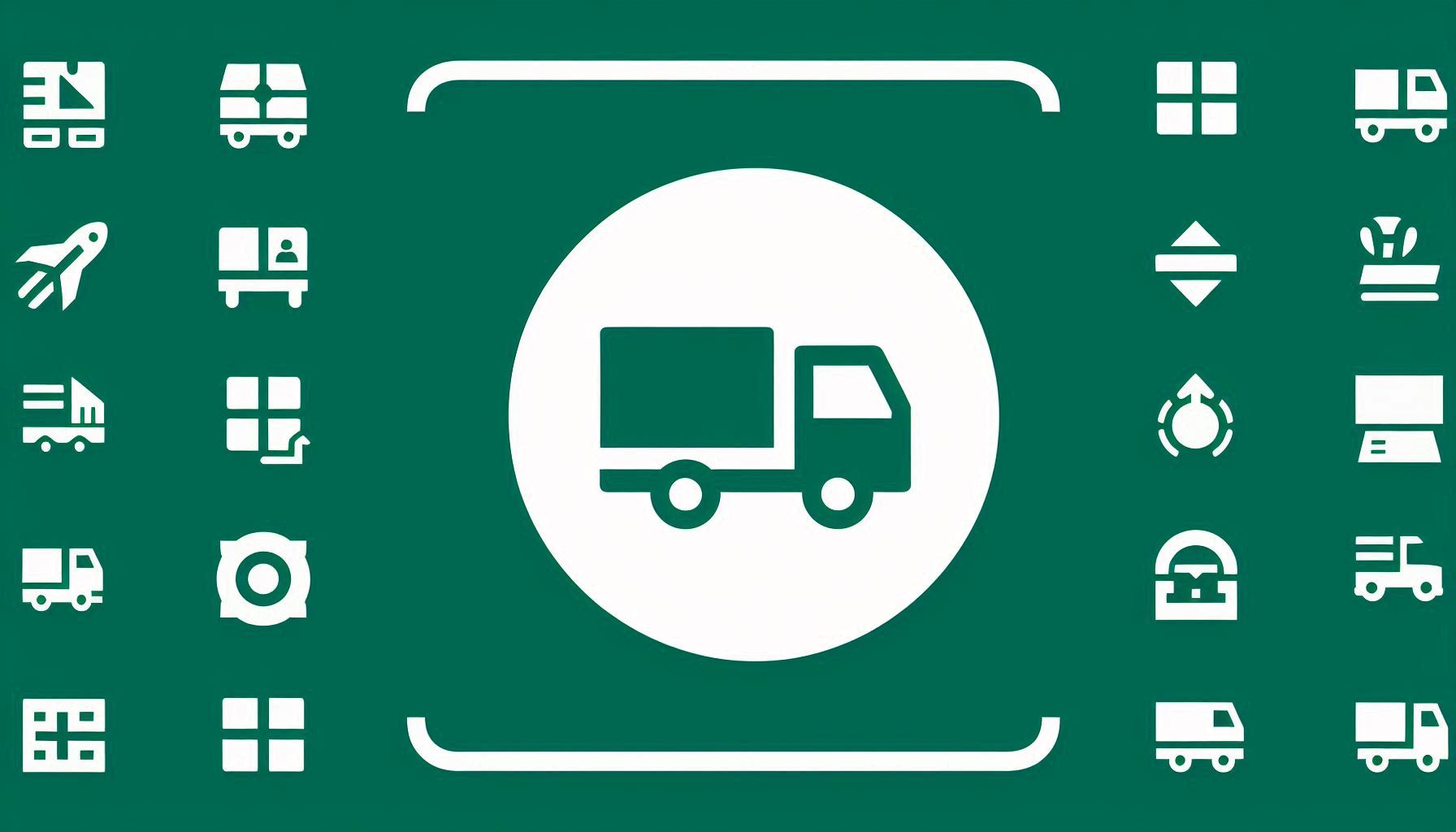Study on the Impact of Health Condition Registration and Temperature Check on Inbound Passenger Flow and Optimisation Measures in a Metro Station during the COVID-19 Pandemic

Downloads
The Guangzhou Metro Authority implemented health condition registration and temperature checks to curb the spread of the virus during the COVID-19 pandemic. However, it is important to investigate how these measures may have impacted the get-through efficiency and whether they caused the increased crowding at entrances and the station hall. To address these questions, simulation models based on the T Station were developed using AnyLogic. The model compared the get-through efficiencies with and without the anti-epidemic measures, while also analysing the risk of crowding at entrances and within the station hall after their implementation. Results revealed an increase in the number of passengers unsuccessfully passing through the check-in gate machines from 15% to 53% within 5 minutes, and 10% to 45% within 10 minutes when the anti-epidemic measures were in place. It was also observed that some entrances experienced significant crowding. Three measures were simulated to find effective ways to increase the get-through efficiency and mitigate the crowding – increasing the distance between security and health checks, utilising automatic infrared thermometers, and arranging volunteers or staff to assist with the registration process. The results demonstrated that using automatic infrared thermometers instead of handheld forehead thermometers proved to be effective in improving passenger efficiency and alleviating crowding at entrances and within the station hall.
Downloads
Gkiotsalitis K, Cats O. Optimal frequency setting of metro services in the age of COVID-19 distancing measures. Transportmetrica A: Transport Science. 2020;105–118. DOI: 10.13140/RG.2.2.35560.70406.
Hu J, Ling C, Wang J. Analysis and suggestion on COVID-19 impact on subway operation. Modern Urban Transit. 2020;2020(7):109–114. Chinese.
Park J. Changes in subway ridership in response to COVID-19 in Seoul, South Korea: Implications for social distancing. Cureus. 2020;12(4):e7668. DOI: 10.7759/cureus.7668.
Shirai Reyna OS, Flores de la Mota I, Rodríguez Vázquez K. Complex networks analysis: Mexico’s City metro system during the pandemic of COVID-19. Case Studies on Transport Policy. 2021;9(4):1459–1466. DOI: 10.1016/j.cstp.2021.07.003.
Shenzhen Government Online. Some metro stations closed due to COVID-19 control. http://www.sz.gov.cn/en_szgov/news/photos/content/post_9588952.html [Accessed 14th Dec. 2022].
Bruinen de Bruin Y, et al. Initial impacts of global risk mitigation measures taken during the combatting of the COVID-19 pandemic. Safety Science. 2020;128:104773. DOI: 10.1016/j.ssci.2020.104773.
Wang D, et al. Mobility in post-pandemic economic reopening under social distancing guidelines: Congestion, emissions, and contact exposure in public transit. Transportation Research Part A: Policy and Practice. 2021;153:151–170. DOI: 10.1016/j.tra.2021.09.005.
Gostic K, et al. Estimated effectiveness of symptom and risk screening to prevent the spread of COVID-19. eLife. 2020;9:e55570. DOI: 10.7554/eLife.55570.
Quilty B, Clifford S, Flasche S, Eggo R. Effectiveness of airport screening at detecting travellers infected with novel coronavirus (2019-NCoV). Eurosurveillance. 2020;25(5). DOI:10.2807/1560-7917.ES.2020.25.5.2000080.
Dong S, Chen F, Ding W, Zhou J. Prevention and control of COVID-19 in subway stations: An optimization strategy for placing location QR codes. Tunnelling and Underground Space Technology. 2022;2022(127):104615.
Hirschhorn F. A multi-level governance response to the Covid-19 crisis in public transport. Transport Policy. 2021;112:13–21. DOI: 16/j.tranpol.2021.08.007.
Violato C, Violato EM, Violato EM. Impact of the stringency of lockdown measures on Covid-19: A theoretical model of a pandemic. PLOS ONE. 2021;16(10):e0258205. DOI: 10.1371/journal.pone.0258205.
Zhong L, Diagne M, Wang W, Gao J. Country distancing increase reveals the effectiveness of travel restrictions in stopping COVID-19 transmission. Commun Phys. 2021;4(1):1–12. DOI: 10.1038/s42005-021-00620-5.
Thompson K, Schofield P. An investigation of the relationship between public transport performance and destination satisfaction. Journal of Transport Geography. 2007;15(2):136–144. DOI: 10.1016/j.jtrangeo.2006.11.004.
Irtema HIM, et al. Case study of the behavioural intentions of public transportation passengers in Kuala Lumpur. Case Studies on Transport Policy. 2018;6(4):462–474. DOI: 10.1016/j.cstp.2018.05.007.
Jenelius E, Cebecauer M. Impacts of COVID-19 on public transport ridership in Sweden: Analysis of ticket validations, sales and passenger counts. Transportation Research Interdisciplinary Perspectives. 2020;8:100242. DOI: 10.1016/j.trip.2020.100242.
Chang H-H, Lee B, Yang F-A, Liou Y-Y. Does COVID-19 affect metro use in Taipei? Journal of Transport Geography. 2021;91:102954. DOI: 10.1016/j.jtrangeo.2021.102954.
Air travel down 60 percent, as airline industry losses top $370 billion: ICAO | UN News. https://news.un.org/en/story/2021/01/1082302 [Accessed 15th June 2023].
Auad R, et al. Resiliency of on-demand multimodal transit systems during a pandemic. Transportation Research Part C: Emerging Technologies. 2021;133:103418. DOI: 10.1016/j.trc.2021.103418.
Chen L, et al. Prevention and control of micro crowd infection in subway station based on social force model. Chin. J. Infection Control. 2022;21:22–29.
Zhang N, Shi T, Zhong H, Guo Y. COVID-19 prevention and control public health strategies in Shanghai, China. Journal of Public Health Management and Practice. 2020;26(4):334. DOI: 10.1097/PHH.0000000000001202.
Betsch C, et al. Social and behavioral consequences of mask policies during the COVID-19 pandemic. Proceedings of the National Academy of Sciences. 2020;117(36):21851–21853. DOI: 10.1073/pnas.2011674117.
Abushamleh H, Al-Hiyari N, Qusef A. The intention to use e-wallet during Covid-19 pandemic in developing country. 2021 12th International Conference on Information and Communication Systems (ICICS). 2021. p. 310–316. DOI: 10.1109/ICICS52457.2021.9464554.
Basnak P, Giesen R, Muñoz JC. Estimation of crowding factors for public transport during the COVID-19 pandemic in Santiago, Chile. Transportation Research Part A: Policy and Practice. 2022;159:140–156. DOI: 10.1016/j.tra.2022.03.011.
Gkiotsalitis K, Cats O. Public transport planning adaption under the COVID-19 pandemic crisis: Literature review of research needs and directions. Transport Reviews. 2021;41(3):374–392. DOI: 10.1080/01441647.2020.1857886.
Choi M, Ku D, Jeong H, Lee S. A face mask wearing detection technique to protect against Coronavirus in metro stations. Proceedings of the Institution of Civil Engineers - Municipal Engineer 2023. p. 1–11. DOI: 10.1680/jmuen.22.00037.
Farman H, et al. Real-time face mask detection to ensure COVID-19 precautionary measures in the developing countries. Applied Sciences. 2022;12(8):3879. DOI: 10.3390/app12083879.
Lee J, Marinov M. Analysis of rail passenger flow in a rail station concourse prior to and during the COVID-19 pandemic using event-based simulation models and scenarios. Urban Rail Transit. 2022;8(2):99–120. DOI: 10.1007/s40864-022-00167-w.
Bilde BA, Andersen ML, Harrod S. Social distance modeling on the Copenhagen, Denmark, metro. Journal of Transportation Engineering, Part A: Systems. 2022;148(2):04021105. DOI: 10.1061/JTEPBS.0000633.
Lu Y, et al. Simulation analysis of passengers’ rescheduling strategies in metro station under COVID-19. Tunnelling and Underground Space Technology. 2023;134:105023. DOI: 10.1016/j.tust.2023.105023.
Siewwuttanagul S, Kamkliang S, Prapaporn W. Investigation on physical distancing measures for COVID-19 mitigation of rail operation in Bangkok, Thailand. International Journal of Building, Urban, Interior and Landscape Technology (BUILT). 2020;15:93–102.
Ha J, Jo S, Nam H, Cho S. The unequal effects of social distancing policy on subway ridership during the COVID-19 pandemic in Seoul, South Korea. J Urban Health. 2022;99(1):77–81. DOI: 10.1007/s11524-021-00585-4.
Kamga C, et al. An estimation of the effects of social distancing measures on transit vehicle capacity and operations. Transportation Research Interdisciplinary Perspectives. 2021;10:100398. DOI: 10.1016/j.trip.2021.100398.
Mokshin VV, Kirpichnikov AP, Soiko AI. Simulation and optimization of the cargo terminal in the AnyLogic environment. J. Phys.: Conf. Ser. 2019;1368(4):042082. DOI: 10.1088/1742-6596/1368/4/042082.
Yakimov IM, Trusfus MV, Mokshin VV, Kirpichnikov AP. AnyLogic, ExtendSim and Simulink overview comparison of structural and simulation modelling systems. 2018 3rd Russian-Pacific Conference on Computer Technology and Applications (RPC). 2018. p. 1–5. DOI: 10.1109/RPC.2018.8482152.
Li X, Khattak AJ, Kohls AG. Signal phase timing impact on traffic delay and queue length – A intersection case study. IEEE; 2016. p. 3722–3726.
Dukulis I, Birzietis G, Kanaska D. Optimization models for biofuel logistic systems. Engineering for Rural Development. 2008;05:283–289.
Nassar K, Ahmed B. A simulation study of the effect of mosque design on egress times. Proceedings of the 2012 Winter Simulation Conference (WSC). IEEE; 2012. p. 1–8. DOI: 10.1109/WSC.2012.6465153.
Liao Y, Liao G, Lo S. Influencing factor analysis of ultra-tall building elevator evacuation. Procedia Engineering. 2014;71:583–590. DOI: 10.1016/j.proeng.2014.04.083.
AnyLogic Help. https://anylogic.help/ [Accessed 29th Nov. 2022].
Copyright (c) 2023 Heng Yu, Ailing Li

This work is licensed under a Creative Commons Attribution-NonCommercial 4.0 International License.




















